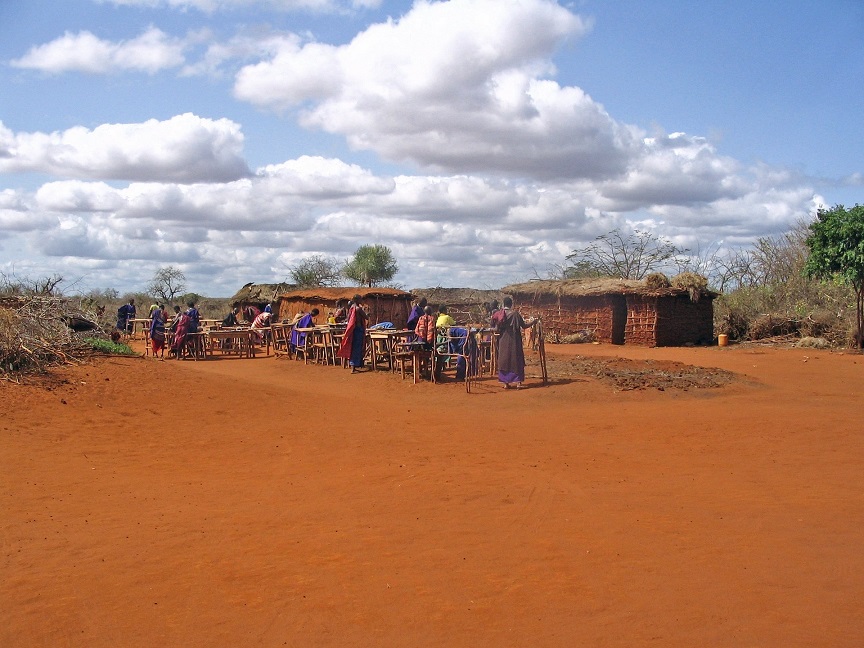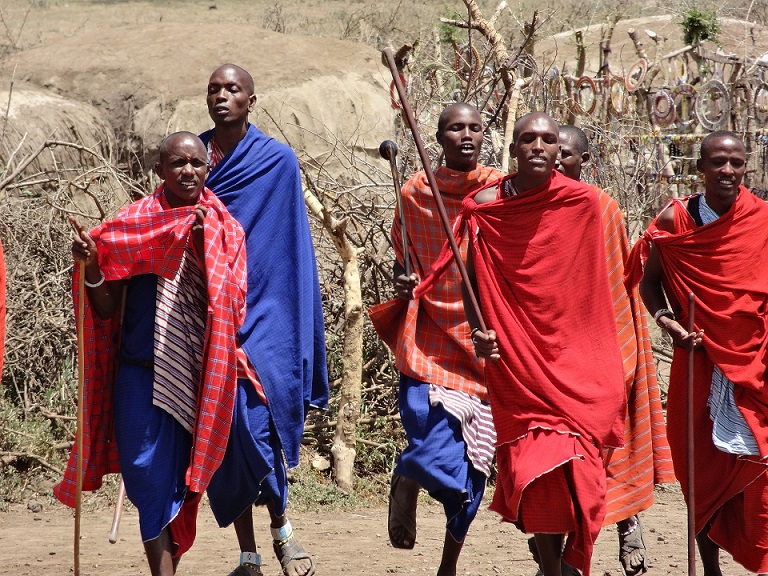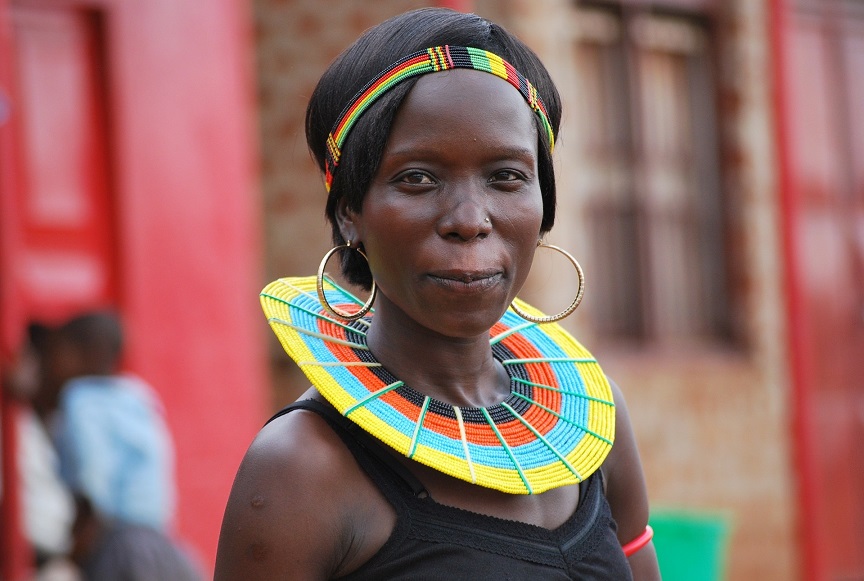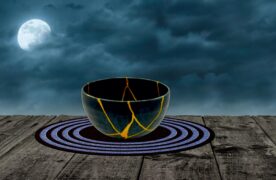Christian missionaries have been unsuccessful in changing the beliefs and customs of these two African ethnic groups who, although from different origins and opposing geographical locations, share beliefs and a way of life.
 Roberto Correa Wilson
Roberto Correa Wilson
It is believed that the Bushmen inhabited Botswana 30,000 years ago in the Tsodilo Hills with their more than 3,500 rock paintings left behind as proof. Botswana was known as Bechuanaland until independence from Great Britain in 1966. Basarawa or Bushmen – from the Afrikaans word, buschjersman, meaning “man from the forest” – are a people of low stature and dark chestnut-coloured skin, especially in the Kalahari where they have lived for over 20,000 years.
75% of the Kalahari is within Botswana. It is the most southerly desert in Africa although it is not really a desert as it is covered with grasses and bushes. However, there is no watercourse on its surface except for the River Boteti, which makes it an unsuitable area for agriculture and cattle raising – so it has been given the nickname of Land of the Dry.
The Bushmen, also known as San or Khoisan, are one of the richest ethnic groups and together with the pygmies who live in the Central African nations – both Congos, Burundi and Rwanda – they are the oldest ethnic group on the continent.
They are hunter-gatherers who speak some of the Joisanas tongues, characterised by their clicking sounds. It is calculated that some 45,000 members of this race live in Botswana.
The folklore is varied and presents supernatural explanations of earthly events, determined by Nodima the Good, and Gopawama the Malicious.
As in ancient religious Bushmen tribes, the chiefs of these clans manage all family affairs. Among their rites, the masculine and feminine initiation ceremonies and the rain dances stand out.
They used to practise polygamy and the man´s possessions were inherited by the children of his first wife.
 The Christian missionaries who arrived to this country in the 19th Century tried to replace all of their customs, traditions and beliefs, but they were unsuccessful with the Bushmen.
The Christian missionaries who arrived to this country in the 19th Century tried to replace all of their customs, traditions and beliefs, but they were unsuccessful with the Bushmen.
Legal victory
In a poignant legal case completed by members of the Bushmen people against the government, the right to return to the land from which they were expelled and to practise their hunter-gatherer labours, was finally given to the people once again.
The government evicted them from their ancestral land on the Central Kalahari Game Reserve. The courts determined that the expulsion in 2002 had been illegal and unconstitutional and passed judgement that the Bushmen should have the right to hunt and gather on the reserve.
The government’s intentions were noble; the aim was to transfer them to camps with the promise of educating the residents. However, the homeless felt uncomfortable in installations where hunting was not permitted and few work opportunities existed.
The verdict of the Tribunal considered that to impede the Bushmen from carrying out their hunting on the Kalahari reserve was equal to condemning them to death from starvation.
The Erina Masai
The Masai constitute a people originally from the Nile who centuries later, settled in the south of Kenya and the north of Tanzania. They believe in one divine god divided in two: Enkai-Norok, black and generous god of the rain, and Enkai-Nonyocik, red and malicious god of the drought.
In Kenya as in Tanzania, this ethnic group leads a nomadic existence with distinguishing traditions, such as their own dialect, dress code, ceremonies, habits, customs and unique cultural values. Originally, they were hunter-gatherers but became farmers. Due to their religious beliefs, they do not cultivate the land, and never have they learned to do so, they buy vegetables in nearby markets, they have chickens but they do not eat them, they only sell the eggs.
 From the cows, they take the blood and the milk which they mix together in a bowl, in addition to the meat. According to their beliefs, to kill an animal without reason is a violation of the sacred and deserves divine punishment.
From the cows, they take the blood and the milk which they mix together in a bowl, in addition to the meat. According to their beliefs, to kill an animal without reason is a violation of the sacred and deserves divine punishment.
In the north of Tanzania, in the middle of the Rift Valley, between the Natron and the Nanyara Lakes, lives the true god of the Masai. This is the permanently active volcano, Ol Boinyo Lengai (Mountain of God) which produces a strange type of lava. It consists in most part of sodium and carbonates, from which the people extract salt, a prime material essential for their survival.
The Legend
Amongst the traditions of the Masai, the cult of the volcano Ol Boingo Lengai is a highlight and is considered their benevolent god. Offerings always take place when they need to request something, be it rain, rich pastures or good health.
Milk, flowers and honey among other items are the presents which the Masai deposit in the crater of the volcano and when they are melted by the lava, they are delivered to their divine protector. The ancient habit of the Masai to collect salt from the Natron Lake has become a routine. This strange phenomenon of nature which scientists have yet to decipher has a logical explanation to them: it is the benevolent action of the generous god Enkai upon the earth. (PL)
(Translated by Susan Seccombe – ess.translations [@] gmail . com) – Photos: Pixabay












.jpg)












